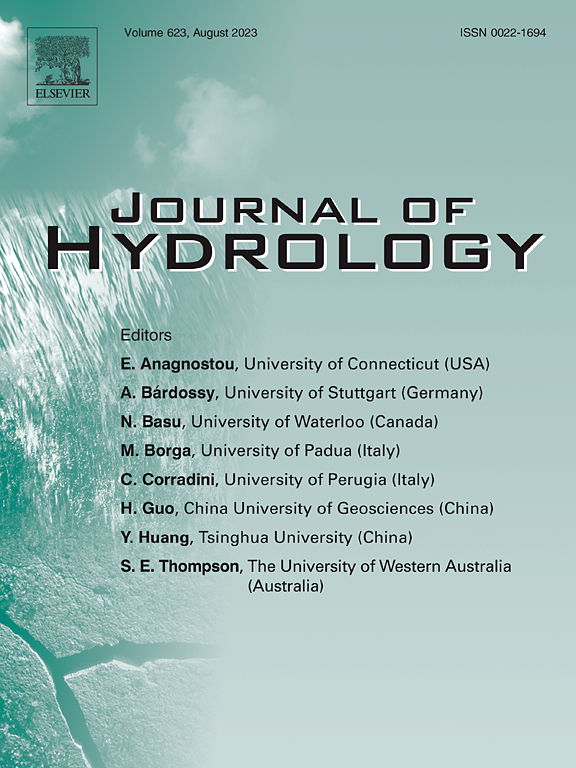An advanced approach for measuring the transpiration rate of individual urban trees by the 3D three-temperature model and thermal infrared remote sensing
Abstract
Mitigation of the urban heat island (UHI) effect by regulating the transpiration rate of urban vegetation is one of the most important aspects for adapting to global warming and urbanization. Accurate estimation of the transpiration rate of urban trees is critical for it. Urban trees are usually geographically dispersed (e.g., street trees) and the only feasible method to measure the transpiration rate is the sap flow method, which is seriously limited owing to its destructiveness and lack of representativeness. To overcome this challenge, this study developed an advanced approach based on the three-temperature (3T) model by extending its energy balance from two-dimensional (2D) to three-dimensional (3D). The advanced approach was thus named as the 3D-3T model and verified by the sap flow method. The results showed that: (1) there was a good agreement between the results of the two methodologies in the daytime, with a determination coefficient (R2) of 0.88 and root mean square error (RMSE) of 0.01 mm h−1. This is the first result worldwide to successfully measure the transpiration rate for a large tree without contact or damage. (2) The leaf transpiration rate measured by a LI 6400XT and the plant transpiration transfer coefficient of Ficus concinna from the 3D-3T model also showed a good agreement at nighttime (R2 = 0.97). (3) The urban F. concinna could consume not only most of the net radiation, but also the sensible heat from the surrounding air, thereby helping to reduce the ambient temperature and mitigate the UHI effect. These results provide a feasible way to accurately estimate the transpiration rate of individual urban trees and may be useful for urban environmental management and urban planning.

 求助内容:
求助内容: 应助结果提醒方式:
应助结果提醒方式:


